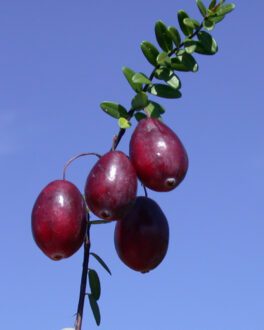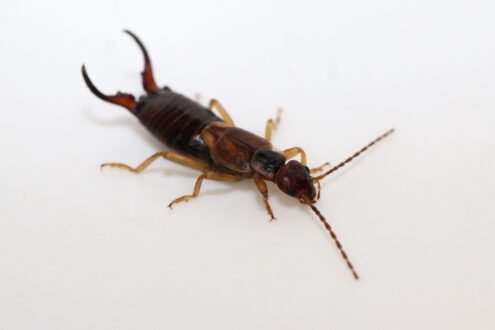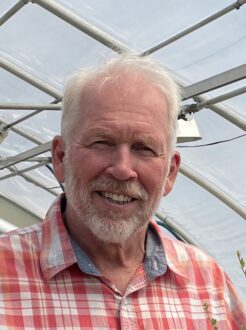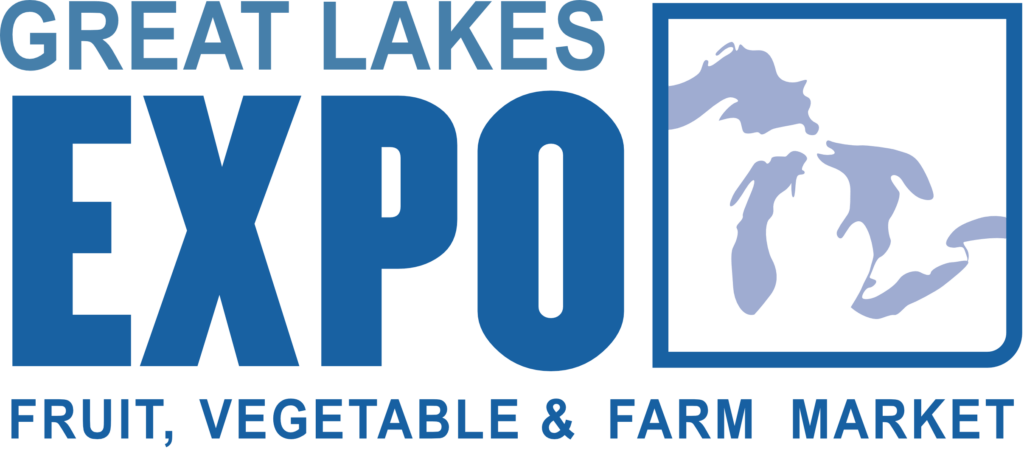2024 Great Lakes EXPO provides expert insights on apple, blueberry and cranberry crop management
John Doe
Biography
- September 16, 2024

Oudemans, a plant biology and pathology professor at Rutgers University in New Brunswick, New Jersey, will deliver insights into the challenges and management strategies associated with blueberry and cranberry crops. As the director of the Philip E. Marucci Center for Blueberry & Cranberry Research and Extension, Oudemans has dedicated his career to understanding and combating plant diseases threatening the profitability and sustainability of these crops.
Attendees of Oudemans’ sessions can expect to gain valuable knowledge that is grounded in scientific research and highly practical, equipping them with the tools needed to tackle the challenges of disease management in blueberry and cranberry production.

Schmidt-Jeffris, research entomologist with USDA Agricultural Research Service (ARS), has studied tree fruit research for nearly 14 years. Her research with ARS is based on biological control of pest arthropods by other arthropods.
Tuesday, Dec. 10, 2 p.m. to 4 p.m. | Berry Session, Peter Oudemans
In this session, Oudemans will tackle the issue of overheating cranberry fruit — a problem that can lead to significant crop loss. He will discuss practical strategies to mitigate this risk, ensuring that cranberries are harvested at optimal quality.
Wednesday, Dec. 11, 2p.m. to 4 p.m. | Blueberry II, Peter Oudemans

In his second session, Oudemans will address new and emerging diseases impacting blueberry production. If not properly managed, these diseases can significantly reduce yields and quality, making early detection and intervention critical. His approach emphasizes the importance of phenological monitoring, where disease management strategies are tailored to the specific growth phase of the plant. This method ensures that interventions are timely and effective, minimizing damage and preserving the health of the crop, according to Oudemans.
Oudemans stresses the importance of starting with certified disease-free plant material, especially when establishing new plantings.
“First and foremost, blueberries are a delectable crop with North American roots. As a long-lived perennial plant, systemic diseases are the most insidious,” Oudemans said. “Viruses and phytoplasmas infect the plant and are readily transmitted via rooted cuttings.”
Wednesday, Dec. 11, 2 p.m. to 4 p.m. | Apple II, Rebecca Schmidt-Jeffris
 In Schmidt-Jeffris’ session, she will discuss pesticide non-target effects on natural enemies. ARS conducts lab screenings for growers in Washington. Many of these growers have questions about pesticide compatibility with either abundant resident or commercially available natural enemies important to their orchards.
In Schmidt-Jeffris’ session, she will discuss pesticide non-target effects on natural enemies. ARS conducts lab screenings for growers in Washington. Many of these growers have questions about pesticide compatibility with either abundant resident or commercially available natural enemies important to their orchards.
The other key point in her session is how habitats in and around orchards impact natural enemies.
“The intersection (between these topics) during the session will be how ground management impacts natural enemy abundance and their ability to control pests,” Schmidt-Jeffris said. “I’ll be talking a bit about our work with herbicides and how different herbicides can potentially be harmful to natural enemies and what the choices are.”
To learn more about the sessions and register for this year’s show, visit glexpo.com.
